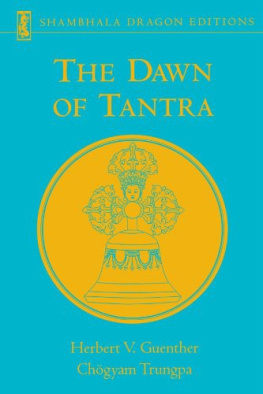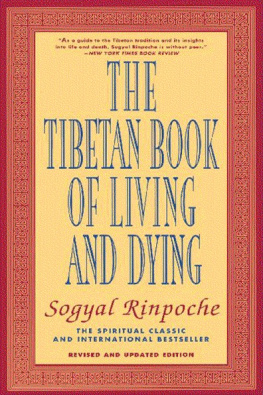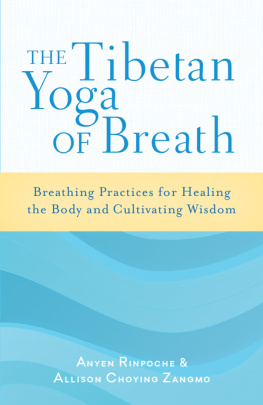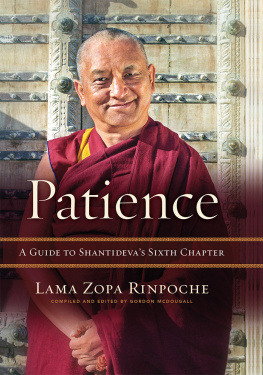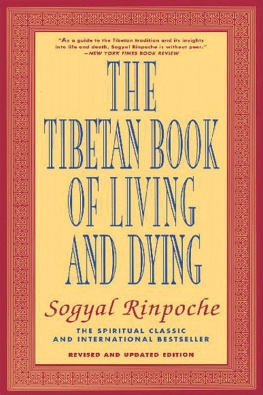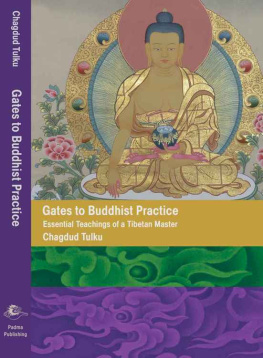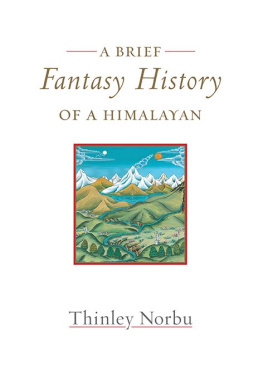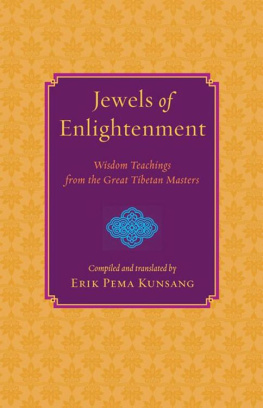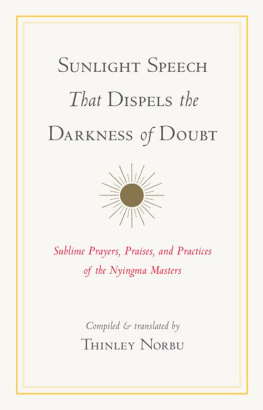
COMPASSIONATE ACTION
COMPASSIONATE ACTION
Chatral Rinpoche

Edited, Introduced, and Annotated by Zach Larson

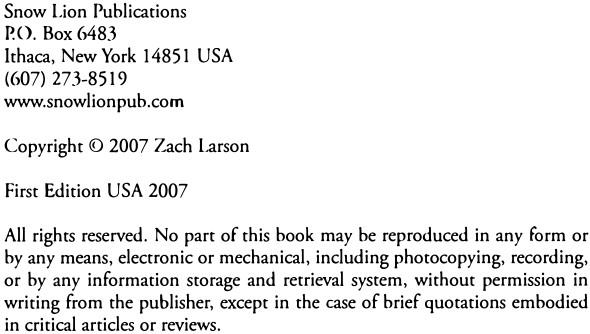


Dedicated to the long and healthy life of the peerless Lord of Refuge Chatral Sangye Dorje Rinpoche, the profound lineages of teachings he represents, and all those who follow his example in working with great compassion to tirelessly bring all beings to a state of perfect Enlightenment.
Contents
xi
xv
xvii
1 1

Foreword
I am happy to see that a few of His Holiness Chatral Rinpoche's teachings are being published under the title Compassionate Action. The incomparable sublime master Chatral Rinpoche is a true Buddha in person and his wisdom mind and compassionate activities are therefore limitless.
'Ihis book presents a glimpse of my kind root teacher's vision and activities and I am confident that the efforts of my student Zach Larson will be beneficial for true seekers in the West.
I pray that through the publication of these teaching all beings may realize the genuine teacher's wisdom mind and forever be truly compassionate and joyful.

Shyalpa Jigmed Tenzin Wangpo
Editor's Preface
I first met Chatral Rinpoche in 1999 while participating in the University of Wisconsin-Madison College Year in Nepal program. My two main identities at that time were as a vegetarian animal rights activist and as a practitioner in the Longchen Nyingthig tradition of the Nyingma School of Tibetan Buddhism. While in Nepal, I was a little discouraged to find so many Tibetan Buddhists unashamedly eating meat. Curious to find out how they justified eating meat with their Buddhist practice and how many Tibetans living in South Asia refrained from meat eating, I decided to engage in a six-month research project that spanned the length and breadth of India and Nepal, interviewing Tibetan refugees from all walks of life about the cultural convergence of Buddhism and meat eating.
As soon as I mentioned the idea of this project to my advisor, he mentioned Chatral Rinpoche, a revered lama who is well known for being a vegetarian and for his annual ceremony in Calcutta, where he releases tens of thousands of live fish originally caught to be eaten back into the ocean. In addition, I learned that he is considered to be one of the most highly realized practitioners in the very same Longchen Nyingthig lineage that I belong to! I went to see him in early October 1999 with my Tibetan language teacher and was blessed to arrive at a moment when he was giving a Guru Padmasamhhava empowerment. My language teacher and I both gratefully received the empowerment and had a chance to speak with Rinpoche briefly. Being in his presence was an amazing experience. Much like being in the presence of His Holiness the Dalai Lama, one feels Chatral Rinpoche's powerful, compassionate energy radiating from his pure heart.
I traveled to the northern and southern extremes of India, interviewing Tibetan lamas, doctors, teachers, politicians, farmers, and businessmen living in refugee settlements. Of the dozens of people I interviewed, I met only three vegetarians. Upon my return to Nepal, my main objective was to interview Chatral Rinpoche about his views on Buddhism and meat eating. He graciously granted me an interview, which lasted about forty-five minutes (excerpts from that interview are included in Chapter 2). At the end of the interview, I mentioned the idea of translating some of his writings on Buddhism and meat eating into English. Rinpoche liked that idea and said that I could use the original texts he had used in composing his work for translation. I told him I would try to come hack in a few years to complete the project, and four years later, I returned.
I discovered that Chatral Rinpoche had composed other excellent texts as well, such as "The Benefits of Saving the Lives of Other Beings" and "A Prayer to Avert Nuclear War." Therefore, this book was expanded into a compilation of Rinpoche's teachings and an account of his life story. The selections of Rinpoche's writings included herein have been translated by myself, unless otherwise noted. The translation of Rinpoche's essay "On Meat Eating" by Geshe Thupten Phel- gve and Aaron Gross has been revised. Adam Pearcey's translation of Rinpoche's "Words of Advice" also includes some minor revisions.
This is the first book in English by this wonderful man, though probably not the last. By his great example, may all beings reach the highest state of perfect Enlightenment!
- Zach Larson
Acknowledgments
First and foremost, immeasurable gratitude to Chatral Rinpoche for his boundless compassion in helping the beings of this degenerate age. Tsetan Chonjore and Thinley Dhondrup offered kind support in the translation of Advice for Nyingma Practitioners. Many thanks to Matthieu Ricard for his warm support and to Jeanne Larson for her proofreading expertise. My sincere appreciation to Shyalpa Rinpoche, his boundless wisdom, and the sangha of Rangrig Yeshe, for being my refuge. Thanks to Adam Pearcey and Eric Perna Kunsang for their inspiring kindness. This work was completed near the cave of Guru Padmasambhava in Yangleshod, Nepal, and I am ever grateful for his endless blessings.
Introduction
The nature of reality according to the Vajrayana School of Tibetan Buddhism can be described as emptiness with compassion as its very essence. The symbol of the vajra - from which the school gets its name - is representative of compassionate action. This symbol serves as the pinnacle for the crown Chatral Rinpoche is wearing in the cover photograph and likewise great compassion is the core energy behind his every action.
Chatral Rinpoche embodies the bodhisattva vow - the vow to help all beings in this and all future lives to reach enlightenment - for he tirelessly engages in compassionate activities to impartially help both humans and animals. Not only does he refrain from harming beings - by maintaining a strict vegetarian diet - he also saves the lives of countless beings each year, giving them a chance to die in peace and attain a higher rebirth and a better chance to achieve enlightenment in the next life.
The Nyingma lineage teachings that Chatral Rinpoche flawlessly preserves have a long-standing tradition of compassion that transcends normal human limitations. However, few have lived as uncompromisingly in their dedication to the bodhisattva ideal as Chatral Rinpoche. Patrul Rinpoche (1808-87), the great master who was the teacher of Chatral Rinpoche's root guru's teacher, comes to mind as someone who had similar qualities. The story is told that Patrul Rinpoche was traveling with a poor widow to a town in the Kham region of eastern Tibet, helping her cook and take care of her children, even carrying her children on his back as they walked along. When they arrived at the town, Patrul Rinpoche excused himself, saying he had some business to take care of. The widow had heard of a great lama giving a talk at the local monastery that night and was shocked to see her traveling companion on a throne instructing the vast assembly! He asked that all of the offerings made at the end of the teaching he given to that poor widow.
Next page

